Saving Seeds from Biennial Plants
/This month we asked two experienced staff members at Seed Savers Exchange to share their knowledge about saving seeds from biennials. Our Field Manager, Bryan Stuart, and one of our Field Technicians, Trevor Madsen, took the time to answer a few questions about biennial plants. Read on for their detailed responses or click through the slideshow for some quick biennial seed saving steps.
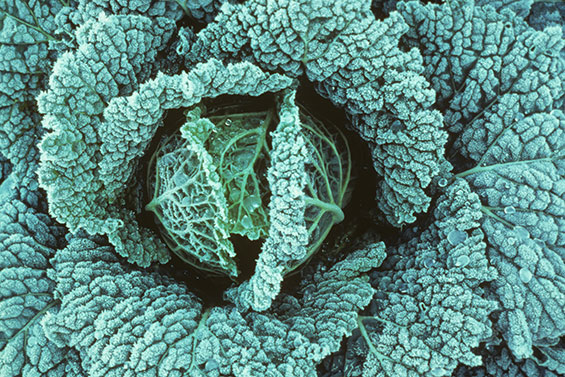
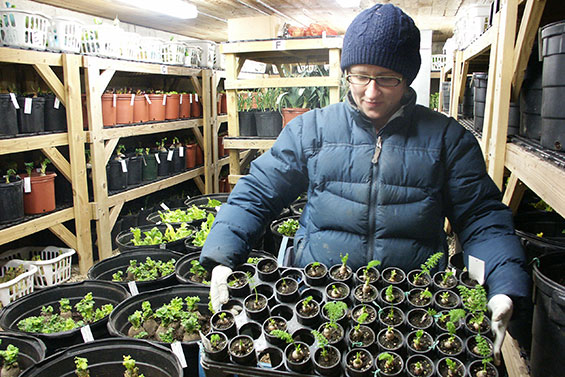
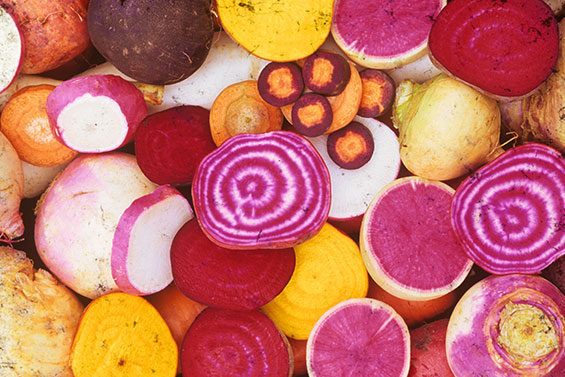
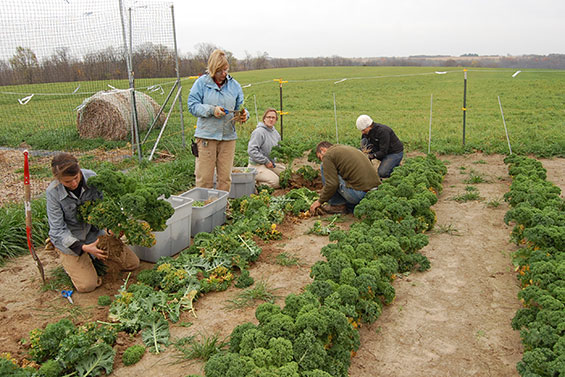
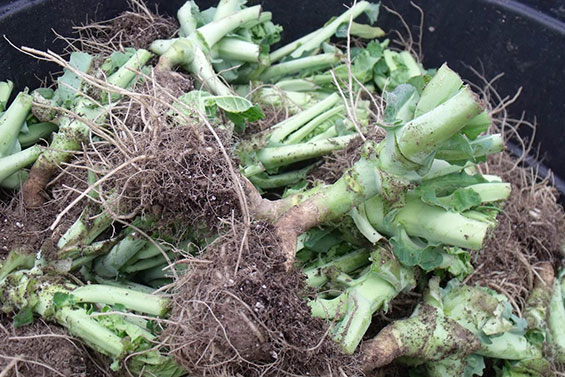

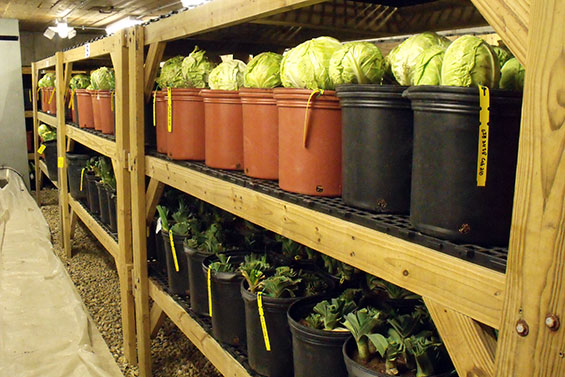
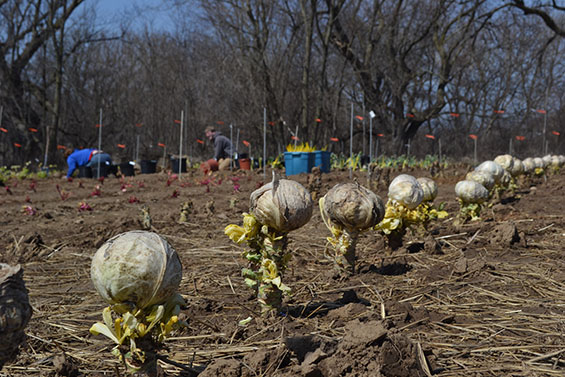
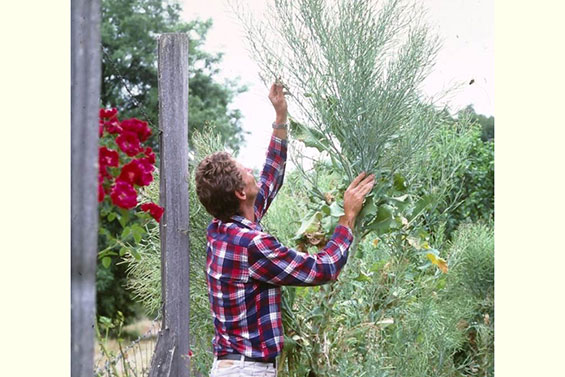
Let's start with the basics. What is a biennial plant?
Bryan: A plant that requires two growing seasons to complete its life-cycle. Year one: vegetative growth. Year two: sexual maturity, seed production. Biennial plants require a period of cold treatment called vernalization in order to initiate flowering in the second year.
Many gardeners have never saved seed from, or even seen a biennial produce seed because the biennials commonly grown in this country are often harvested in their first year of growth. In other words, market maturity and seed maturity are not one in the same.
What are some common biennial plants that the backyard gardener could plant and save seed from?
Bryan: Onion, leek, many Brassica oleracea crops (collards, kale, kohlrabi, Brussels sprouts, and most broccoli), turnip, rutabaga, chard, beet, celery, carrot, parsnip.
Trevor: All of these belong to just four plant families; Brassicacae, Apiaceae, Alliaceae and Amaranthaceae (formerly Chenopodaceae).
What would be an easy first biennial for the home gardener to save seed from?
Bryan: I would say brassicas are the easiest overall. All biennials have their advantages and disadvantages. For example, carrot and beet are the easiest to overwinter but brassicas are the easiest to process (harvest and clean seed).
Trevor: If I had to choose one easy biennial for beginners, I think it would be the beet. They store really well over the winter and their seed is pretty easy to process by hand without any special equipment. Keep in mind, they get quite large in their second year and will need a good 15"-18" between plants. They're wind pollinated, so unless the gardener has a lot of land at their disposal, its best to stick with one variety per year. Plant the 2nd year roots in a block rather than a single row to ensure good pollination.
During the first year, what steps should gardeners take to ensure that they will be able to transplant and store a healthy biennial plant over the winter?
Bryan: Younger plants store/overwinter the best. Kale that you planted in the spring will overwinter less reliably than kale that you planted in the fall. You want to replant the smaller, younger, fall-planted crop if possible, because only healthy plants will survive storage. When we are growing biennials for seed, we plant almost all first year (vegetative year) biennials as transplants in mid-August, giving us about eight weeks of good growing season before we begin to see frost. Celery, celeriac, and Brussels sprouts go in the ground 3-4 weeks earlier. Currently we only plant onion and leek in the spring. These crops require the most time in the field before overwintering.
Trevor: Larger plants also require more space in storage. For root crops, like beets or turnips, no smaller than a golf ball- somewhere between there and a baseball is about right. Fibrous rooted crops like kale should be right around the size where a gardener would begin picking a few leaves off for their salads. Cabbage should just be starting to head up. Carrots and parsnips should have a small but sturdy root, maybe the size of your little finger.
How can you prepare for storing biennials over winter in your home? What is an ideal storage environment?
Trevor: The plants will be happy to be hit with a couple of light frosts- it will help spur dormancy. Some plants can survive until the ground is frozen solid though you will have a problem digging them up if you wait that long. Dig plants before night temperatures fall into the teens. A string of consecutive nights in the mid-twenties is a good sign that it’s time.
Cut the leaves all off, being sure not to harm the meristems. Crops can then be buried in a moistened media. They shouldn't be wet- you want the media to be dry enough that it doesn't support the growth of molds. Common media include sawdust, sand, and shredded leaves. Avoid having the crops in contact with your container. A very simple root cellar could be constructed by packing crops this way into a 55 gallon drum and burying it below the frost line. Packing the crops into a storage medium and putting them into a refrigerator can work just fine.
We usually pot up our fibrous rooted crops (kale, cabbage, etc.) for winter storage rather than burying them, although burying them can also work. We generally use sawdust (which has been stored outside and rained on) mixed with peat moss to reduce the moisture content. Crops stored this way generally need to be watered as they begin to break dormancy and grow in the spring, but before they're ready to move outside.
Bryan: Ideal storage conditions are cool and moist. Temperatures just above freezing (mid to upper thirties Fahrenheit) are ideal. You want to 1) vernalize the plants and 2) inhibit growth. High humidity keeps the plants from wilting/dying. A basement or root cellar would make a good storage environment. Onion bulbs, however, prefer low humidity and store better at around 50 degrees Fahrenheit with around 40 percent humidity.
When should you plant out your overwintered plants in the spring?
Bryan: As soon as the soil can be worked. Most of these crops are very hardy and can survive many nights in the upper 20s F. For us in Zone 4, that usually means mid-April.
How do you harvest seeds from biennials in the second year?
Trevor: Seed harvest and cleaning obviously varies crop to crop, but here are some general rules:
Harvest brassicas when the seed pods are brown and dry. They shatter easily, so a good method of threshing is to invert the stalk into a garbage can and beat them around. Winnow with a fan or on a breezy day.
For apiaceae crops, harvest flower heads when all of the seeds are brown and dry. Most apiaceae crops are relatively easy to thresh by rubbing between your hands.
Harvest beets and chard when the seeds are brown and dry. Often some seeds near the tip of the seed stalk will be underdeveloped and green. Do not collect these. Seeds can be stripped by pulling the seed stalk through a loosely closed hand.
Onion seed shatters readily, so to prevent seed loss in the field, we harvest alliums when 50% of the seed pods on a flower head have split open to expose the mature black seeds. We harvest umbels with 6-8” of green stalk still attached. This allows further ripening of the seed while drying. A smart seed saver will only collect the seeds which easily release from the umbel.
Check out this blog for more information about plant life cycles.
Download this crop-specific seed saving chart for information about isolation distances, population sizes, pollination and more.
Get basic seed saving instructions for common vegetables here.
___________________________________________________________________
Seed Savers Exchange is a non-profit organization located in Decorah, Iowa, with a mission to conserve and promote America's culturally diverse but endangered garden and food crop heritage for future generations by collecting, growing, and sharing heirloom seeds and plants.















